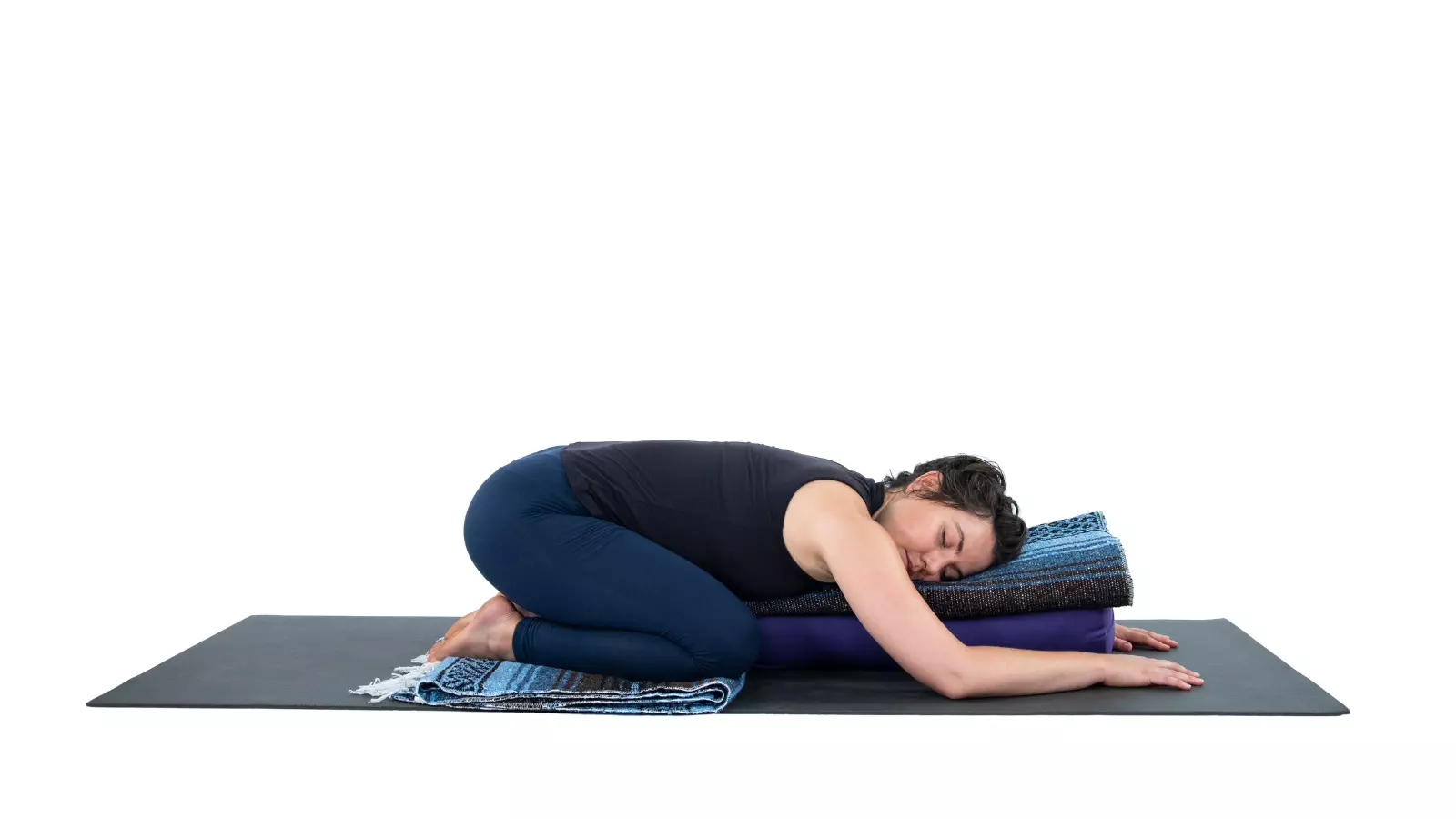Yoga and Intergenerational Trauma
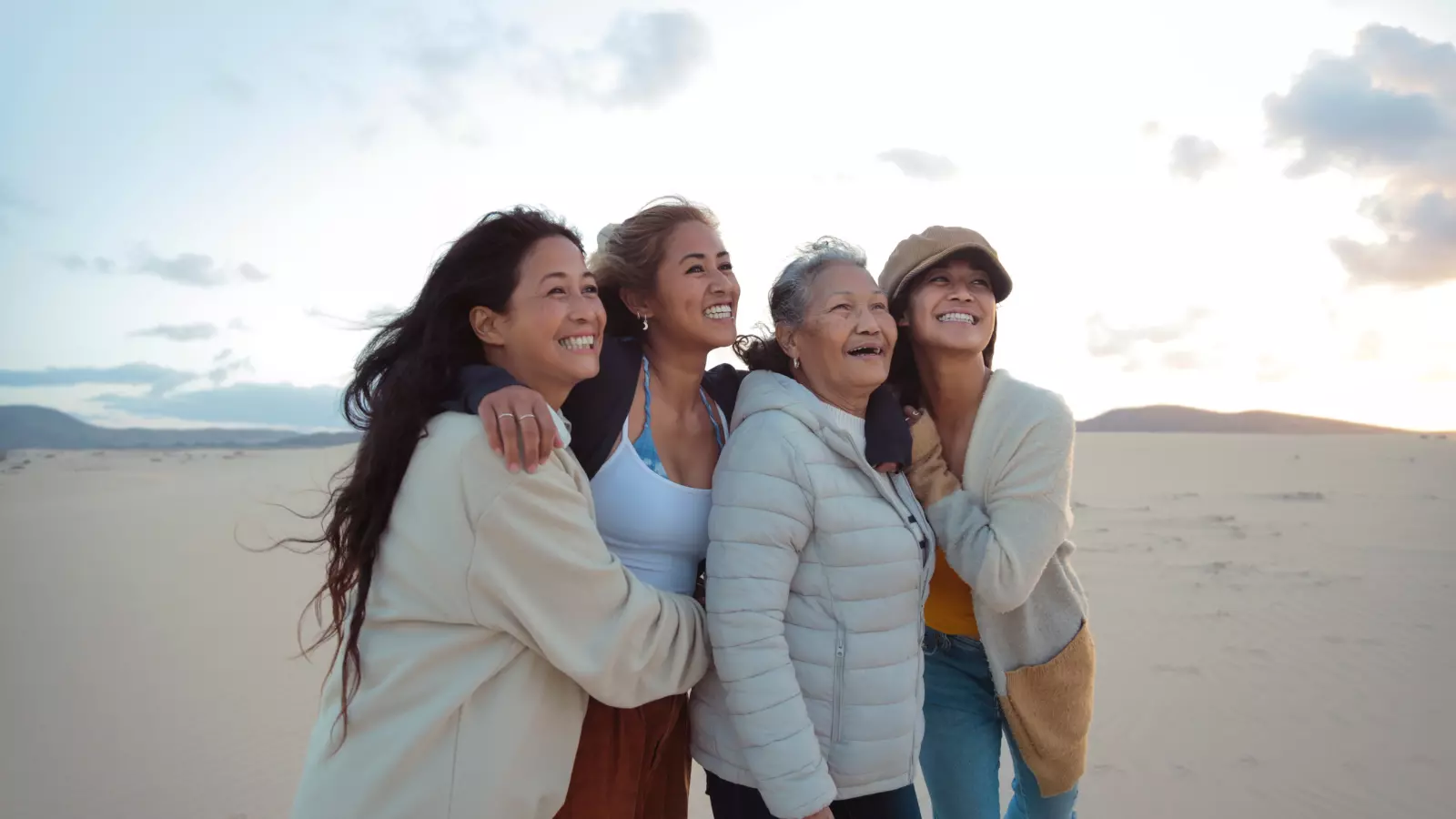
Article At A Glance
Intergenerational trauma is part of the experience of being human, but embodiment practices like yoga allow us to heal and move toward resilience. Read on to explore how yoga for intergenerational trauma can help.
What Is Intergenerational Trauma?
According to the American Psychological Association Dictionary of Psychology, intergenerational trauma is “a phenomenon in which the descendants of a person who has experienced a terrifying event show adverse emotional and behavioral reactions to the event that are similar to those of the person himself or herself.”
In other words, intergenerational trauma (also known as multigenerational or generational trauma) is the experience of trauma passed down from one generation to the next. Characteristic to this type of trauma, when faced with threatening or stressful life circumstances, we may act similarly to how our ancestors did when they lived through related events. There is a range of ways that this could manifest, but some common responses include becoming overly anxious or hypervigilant, acting defensively or aggressively, or becoming reliant on drugs or other substances to numb emotions.
The classic example of intergenerational trauma is the experience of children or grandchildren of Holocaust survivors who experience a heightened vulnerability to stress and high levels of the stress hormone cortisol, according to findings reported in a 2019 systematic review (1). Another example that Dr. Gail Parker presents in her book Restorative Yoga for Ethnic and Race-Based Trauma is that of the BIPOC community in America, specifically drawing on her experience as a Black woman (2). Especially for Black Americans who descended from enslaved people, intergenerational trauma may manifest in racial health disparities such as the increased risk of hypertension, accelerated biological aging, or shortened lifespan.
How is Trauma Passed Down Through Generations?
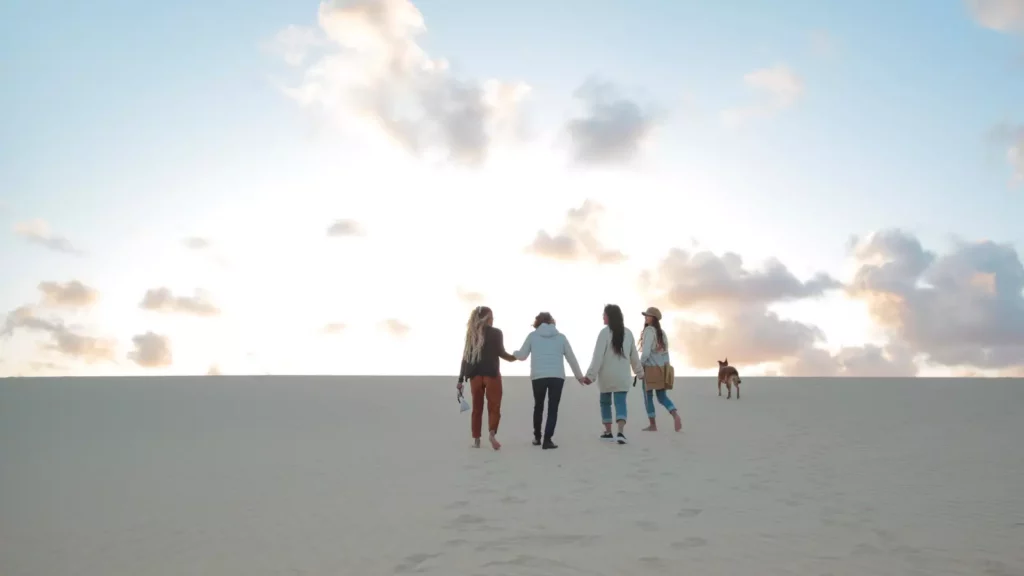
Researchers are still working to understand how exactly intergenerational trauma occurs. Still, it likely involves the ways in which parents or caretakers communicate about past traumatic events as well as how we internalize racism or familial discrimination while growing up. While we can’t change the past for ourselves or our ancestors, we can begin the process of healing from intergenerational trauma through embodiment practices like yoga. As trauma expert Bessel van der Kolk writes in The Body Keeps the Score, “In order to change, people need to become aware of their sensations and how their bodies interact with the world around them. Physical self-awareness is the first step in releasing the tyranny of the past.”
Restorative Yoga as a Healing Practice for Intergenerational Trauma
When practiced in a safe, supportive environment, yoga can allow us to reintegrate sensations in our body and the world around us. But with so many styles of yoga available today, which ones are best for healing from intergenerational trauma?
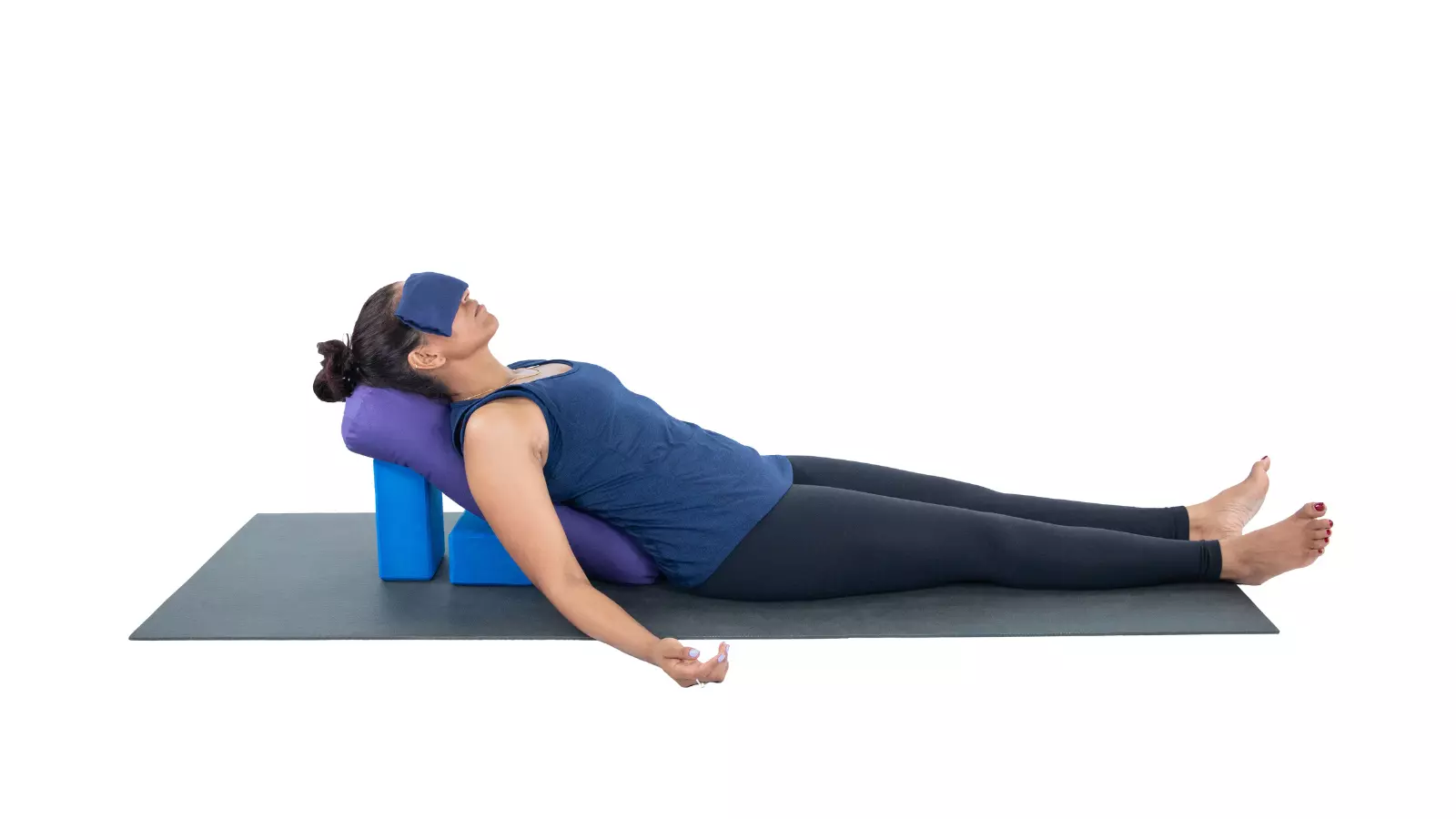
Faster-paced, sweaty styles of yoga may be good for getting new students interested in yoga. But seasoned students and experienced teachers tend to agree that true healing most often occurs in moments of stillness. Restorative Yoga is one style that can allow for powerfully healing moments of rest because we invite our body to soften for the majority of the class fully. In quieting the body, ease in the mind can begin to follow. In an interview with Yoga U Online, Dr. Gail Parker touts the benefits of this practice, stating, “Restorative Yoga has the capacity to support the development of an inner gaze, and it impacts the nervous system in a way that brings it into balance, offering an experience of equanimity.”
A Restorative Yoga Practice for Healing Intergenerational Trauma
It goes without saying that practices to heal from intergenerational trauma should be trauma-informed. If you are brand new to yoga or just getting your feet wet, it’s best first to find a teacher who has trained in trauma-informed yoga before beginning. But if you feel confident in your home yoga practice, you can try the following short Restorative Yoga sequence. For this short practice, you will need at least one bolster, two blocks, 1-3 blankets, and a yoga mat.
Restorative Child’s Pose
Restorative Child’s Pose (Balasana) is an introspective posture, inviting us to look inward as we soften over our props. Practice noticing thoughts, feelings, and sensations, particularly in the back body, as you rest in this shape.
- To set up for this posture, place one block on the medium height and a second block on the lowest height on your mat. Create a ramp for your body by laying a bolster on top of the two blocks.
- Place yourself over your props with our big toes touching and space for the bolster between your knees. Bring your pelvis to the lower side of the bolster and settle your upper body over the bolster.
- If there is any discomfort in your knees, bring a flat blanket underneath your knees or a rolled-up blanket between your hips and heels.
- Place a blanket over your lower back for warmth, then thread your arms around the bolster, catching opposite arms between the two blocks.
- Place one cheek to the bolster and invite yourself to settle here for 2-5 minutes. Switch to the opposite cheek and stay for an additional 2-5 minutes.
Yoga’s Reclining Bound Angle Pose
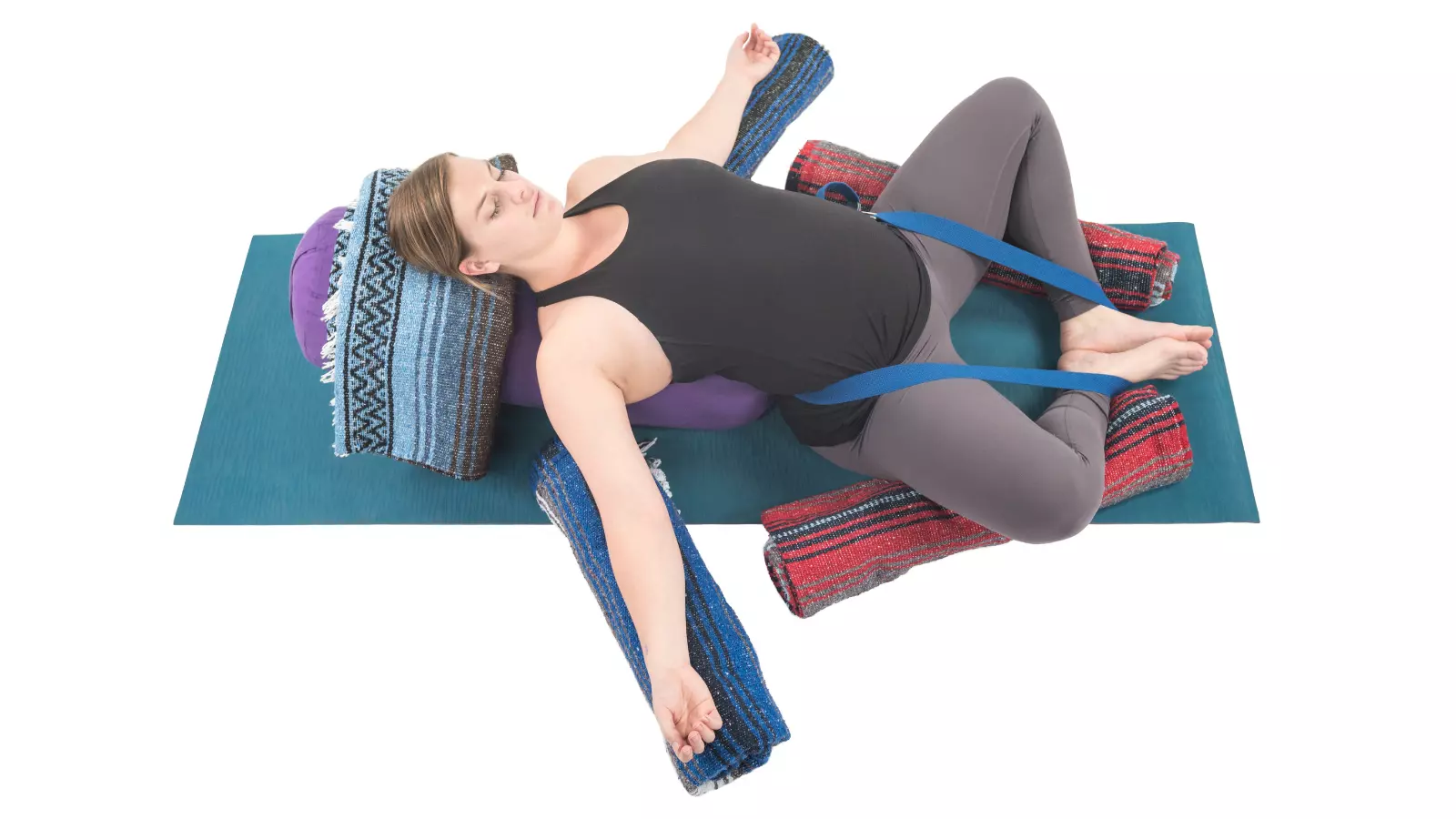
This second restorative posture is also a gentle heart-opener. With heart-openers, there may come a sense of release, but there may also be a feeling of vulnerability. Invite awareness into the emotions and sensations in your body as you transition and rest in this second shape.
- Ease yourself out of your supported Child’s Pose by coming to all fours and moving through 3-5 slow, gentle rounds of Cat/Cow.
- Keep the same ramp you used for the Supported Child’s Pose; turn around to bring the base of your sacrum to the lower edge of the bolster.
- Roll your back down onto the bolster and extend your legs forward. If there is any discomfort in the lower back, take a rolled-up blanket or bolster behind the backs of your knees.
- Soften your arms to the mat alongside you with your palms face-up toward the ceiling.
- Close your eyes or soften your gaze and rest here for 10-15 minutes.
Also, read...
Trauma-Informed Yoga: 12 Keys to Teaching A Safe, Healing Class
Sep 02 – Lacey Gibson Ramirez MSc., RYT-500, ERYT-200, RPYT, CFSD
4 Benefits of Restorative Yoga (And Reasons to Practice It More Often!)
Jan 13 – Leah Sugerman, E-RYT 500, YACEP
2 Steps To Creating Resilience
Jun 25 – Leo Babauta
Related courses
Breath as Medicine: Yogic Breathing for Vital Aging
With Doug Keller
Yoga and Myofascial Release: Releasing Chronic Tension with the Bodymind Ballwork Method
With Ellen Saltonstall
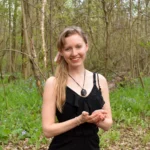
Lacey Ramirez writes for YogaUOnline and is an RYT-500 & ERYT-200 yoga teacher, global health researcher, and writer based in St. Louis. Through her work, she seeks to make yoga accessible, inclusive, and equitable.
Lacey discovered yoga as a tool for centering during her years as a competitive runner. Since then, yoga has served as a way to connect with her body throughout her experience of pregnancy and parenthood. She teaches because she hopes others can use this sacred practice for calming, healing, and transformation.
As a yoga teacher, Lacey specializes in teaching restorative, Yin, prenatal, and trauma-informed Vinyasa yoga. She has also completed birth doula and prenatal/postnatal barre certifications and trainings. Additionally, she holds a Masters of Science in Global Health and Population from Harvard T.H. Chan School of Public Health. To learn more and connect, visit her website laceyramirez.com
References
- Dashorst, P., Mooren, T. M., Kleber, R. J., de Jong, P. J., & Huntjens, R. J. C. (2019). Intergenerational consequences of the Holocaust on offspring mental health: A systematic review of associated factors and mechanisms. European Journal of Psychotraumatology, 10(1), 1654065. https://doi.org/10.1080/20008198.2019.1654065
- Parker, G. (2020). Restorative yoga for ethnic and race-based stress and trauma. Singing Dragon: Philadelphia, PA.
- van der Kolk, B. A. (2014). The body keeps the score: Brain, mind, and body in the healing of trauma. Viking: New York, NY.
Recent articles
4 Ways to Practice Locust Pose
Jun 26 – Baxter Bell, MD, eRYT 500, C-IAYT
The Yoga Sutras: Practicing Non-Attachment without Becoming Detached
Jun 24 – By: Tracy Weber, C-IAYT, E-RYT 500
4 Easy Ways to Use a Sandbag in Yoga Practice
Jun 18 – Jennifer Williams-Fields E-RYT 200
Categories
Upcoming courses
Breath as Medicine: Yogic Breathing for Vital Aging
With Doug Keller
Yoga and Myofascial Release: Releasing Chronic Tension with the Bodymind Ballwork Method
With Ellen Saltonstall
JOIN NOW!
Recent articles
Almost there...
Sorry, we couldn't find anything...
Pose Library
4 Ways to Practice Locust Pose
Locust Pose (Salabhasana) is a simple backbend that strengthens the entire back of your…
Jun 26 – Baxter Bell, MD, eRYT 500, C-IAYT
Beginning Yoga
The Yoga Sutras: Practicing Non-Attachment without Becoming Detached
The concepts of attachment and non-attachment are mentioned several times in The Yoga Sutras…
Jun 24 – By: Tracy Weber, C-IAYT, E-RYT 500
Yoga Practice Tips
4 Easy Ways to Use a Sandbag in Yoga Practice
B.K.S. Iyengar is credited with introducing props into modern yoga as a means of…
Jun 18 – Jennifer Williams-Fields E-RYT 200


